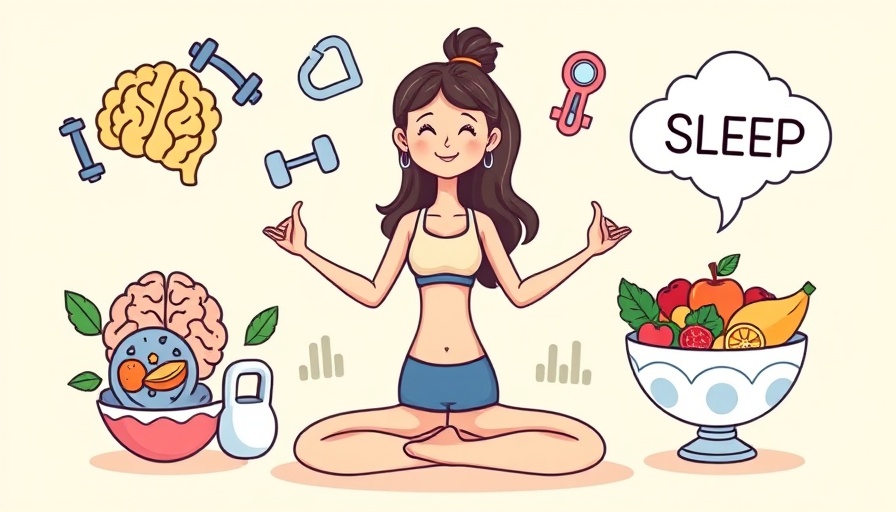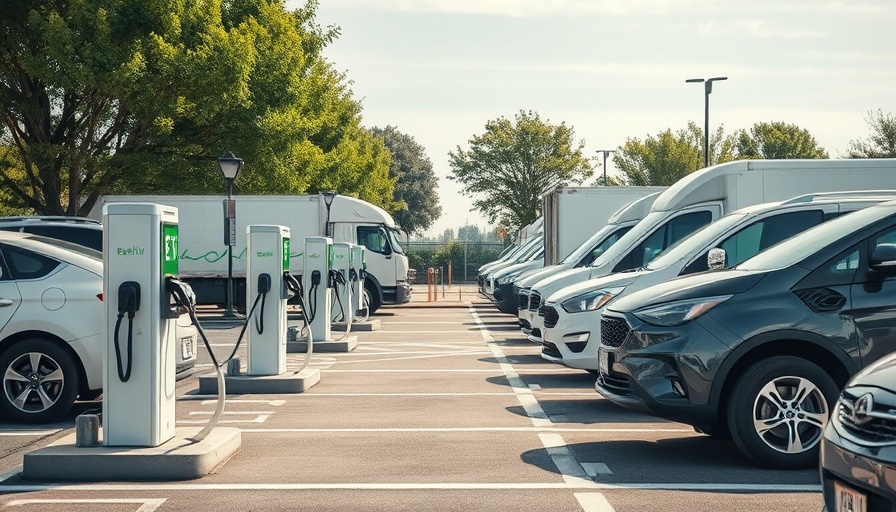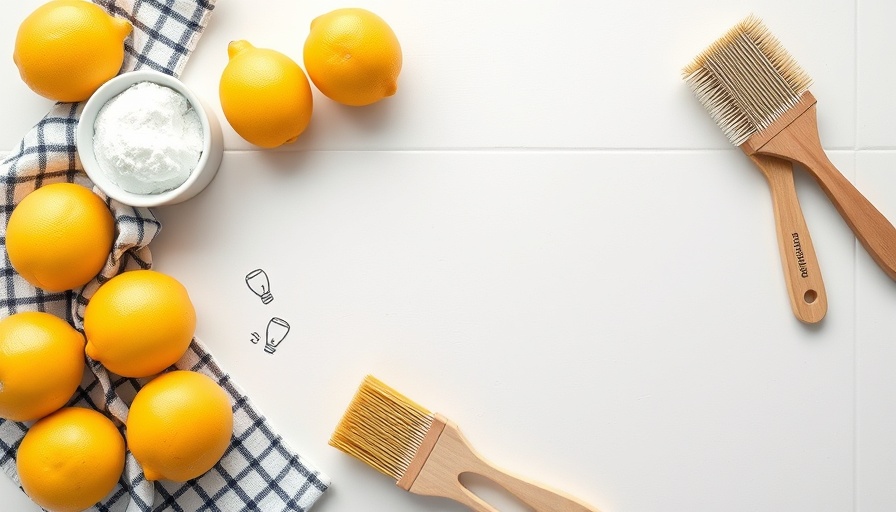
Understanding Carcinogens in Our Drinking Water
Carcinogens, toxins that are capable of causing cancer, are more prevalent in our environment than many might suspect. Recent revelations from the Waterkeeper Alliance have shed light on the unsettling presence of carcinogens in drinking water across 19 states. Awareness of these hazards is crucial for our health. Let's break down what carcinogens are, how they infiltrate our drinking water supply, and what you can do about it.
The Issue with PFAS: What You Need to Know
One of the major culprits in this ongoing issue are per- and polyfluoroalkyl substances, commonly referred to as PFAS, or “forever chemicals.” They have garnered attention lately due to their resilience in the environment and potential health risks. These substances are widely used in everyday items like nonstick cookware, stain-resistant fabrics, and even personal care products. It is important to understand that while we often think of water treatment facilities as safeguarding our drinking water, many are not equipped to deal with PFAS contamination.
A Deep Dive Into the Sources of Contamination
PFAS enter our water supply from numerous sources, such as industrial discharges, military bases, and even landfills. Surprisingly, the very wastewater treatment plants designed to filter out toxins often fail to remove these stubborn chemicals effectively. This inadequacy means PFAS can end up back in our environment, contaminating drinking water, food, and even settling into household dust.
States Affected by PFAS and Other Carcinogens
The Waterkeeper Alliance's report highlights states where PFAS and other carcinogens have been detected in drinking water, including:
- California
- Florida
- Michigan
- New York
- Virginia
This is a growing issue affecting millions of Americans. Awareness is the first step toward advocacy for change. Residents in these states, and beyond, must push for policy changes to ensure safe drinking water.
Communities Taking Action: What You Can Do
As water quality advocates suggest, community involvement is essential. People can urge Congress and the Environmental Protection Agency (EPA) to take a stand against these carcinogens. Simple actions like attending local meetings and engaging in town halls can help amplify voices seeking cleaner water and stricter regulations on chemicals in our water supply. Information is power—you can educate friends and neighbors about the risks of PFAS and effective measures to minimize exposure.
Steps to Protect Yourself and Your Family
While systemic change occurs slowly, there are immediate actions individuals and families can take to minimize exposure:
- Water Filtration: Consider investing in a high-quality water filter certified to remove PFAS and other contaminants.
- Research: Stay informed about water quality reports in your area. Websites like the EPA and other local organizations publish findings that can guide your actions.
- Personal Care Products: Beware of products that may contain PFAS, and opt for non-toxic alternatives whenever possible.
Keeping an eye on your exposure to these harmful chemicals is imperative to safeguard your health.
Conclusion: The Path Forward
Navigating the complexities of contaminants in our drinking water may feel overwhelming, but knowledge breeds empowerment. Being aware of the potential dangers lurking in your tap water can lead to better decisions for your health and household. Take action today by advocating for clean water reforms and making informed choices in your home.
 Add Row
Add Row  Add
Add 



Write A Comment